In line with the tasks and solutions in the Action Plan of the Banking sector to implement the National Strategy on Green Growth, recently, the State Bank of Vietnam, Region 9 Branch, has directed credit institution branches to promote the implementation of green credit programs with preferential interest rates; loan programs to encourage the development of high-tech agriculture and clean agriculture; credit programs for clean water and rural environmental sanitation; policies to restructure debt repayment terms and maintain debt groups for subjects suffering losses due to climate change, natural disasters, epidemics, etc.
With the strong direction from the State Bank, local branches of credit institutions have actively implemented many green credit products. Typically, BIDV is currently implementing a medium and long-term preferential interest rate credit package for green construction projects; a green credit package for science and technology loans to serve the needs of life from green products, green production and business, production and business of industries that meet the conditions of VietGAP cultivation and livestock farming... with preferential interest rates 0.5%/year lower than the current interest rate level. Agribank implements a science and technology loan program for production and business of green products and services with an interest rate 1.0%/year lower than usual. Vietcombank (VCB) implements a preferential production and business loan program for SME and individual customers according to green standards with a scale of 10,000 billion VND. ACB has launched the program “Promoting green credit – Accelerating growth” for corporate customers, aiming to support and encourage investment in green projects towards sustainable development goals.
By the end of March 2025, 30 branches of credit institutions in Region 9 had generated green credit balances with a total outstanding balance of about VND 10,482 billion, accounting for nearly 2% of total outstanding balances, mainly focusing on renewable energy and clean energy sectors (accounting for 35.51%). Quang Nam 's green credit balance accounts for 60% of total green credit balances in the region. The average short-term green lending interest rate ranges from 4 - 7%/year, medium and long-term from 9 - 11%/year. In particular, for some priority sectors, preferential credit packages are applied at interest rates below 4%/year. In addition, the banking system has actively simplified procedures, shortened the time to process documents, and applied digital transformation to create the most favorable conditions for businesses to access green credit capital.
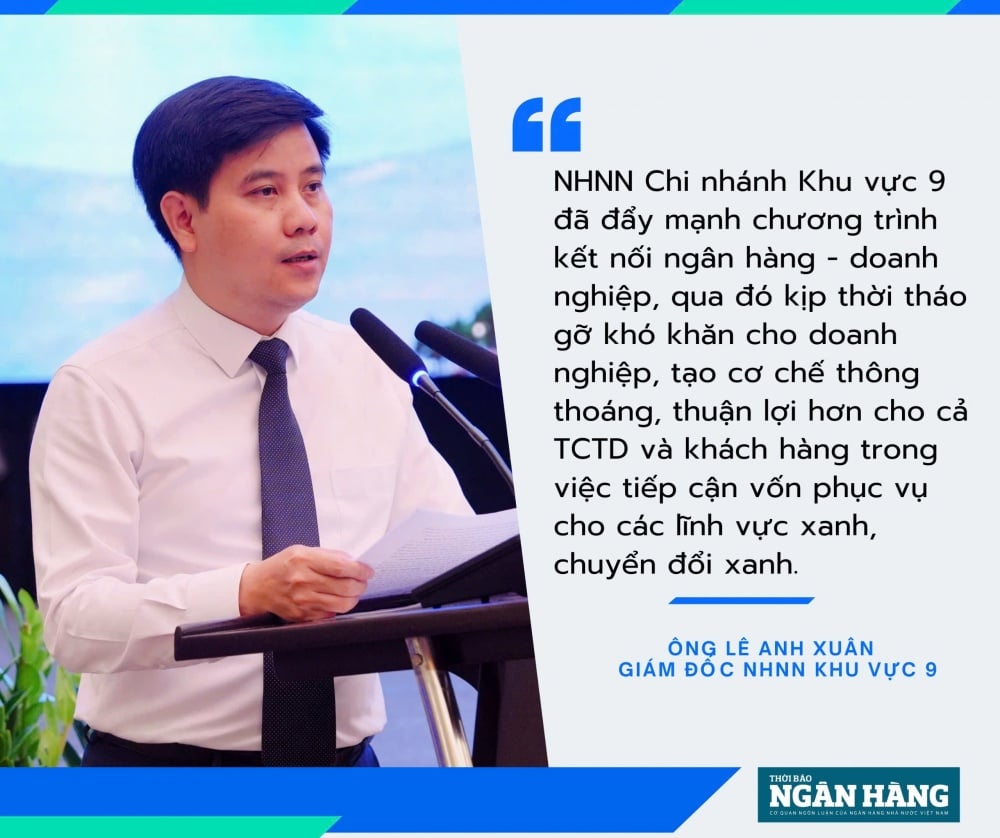 |
Mr. Le Anh Xuan, Director of State Bank of Vietnam, Region 9 Branch |
In addition, the State Bank of Vietnam, Region 9 Branch, also regularly promotes the program of connecting banks and enterprises, thereby promptly removing difficulties for enterprises, creating a more open and favorable mechanism for both credit institutions and customers in accessing capital for green sectors and green transformation.
However, in addition to the achieved results, compared to the huge financial needs, the scale of green credit in the area is still quite modest. This shows that the actual implementation still faces many challenges:
Firstly, investing in some green fields, especially renewable energy, energy saving and efficiency, green buildings... often requires long payback periods and large investment costs, while the lending capital of credit institutions is mainly short-term mobilized capital.
Second, the Government has not yet issued a Green Classification List, so there is no adequate basis for comprehensive statistics and monitoring of resources provided by credit institutions to the economy.
Third, the concept of green credit is currently mainly understood as financing projects and activities that are beneficial to the environment and sustainable development. However, credits granted to businesses in the process of converting from an environmentally unfriendly business model to an environmentally friendly model should also be considered part of green credit or should have its own preferential credit policy. This is a core factor to promote businesses to transform towards sustainability.
Fourth, training and capacity building for bank staff in environmental risk assessment and credit management for green and sustainable development projects still requires significant time and resources.
Fifth, many businesses – especially small and medium-sized enterprises – still do not fully understand the benefits of green credit or lack information about preferential policies. Awareness of environmental protection is still limited, leading to risks in credit granting activities and bad debt.
In the coming time, in order for credit capital to truly become a driving force for green transformation, the State Bank of Vietnam, Region 9 Branch, will continue to direct local credit institutions to effectively implement the Green Banking Development Project. At the same time, propose solutions to improve access to green capital, thereby increasing the proportion of green credit in total outstanding loans - especially for subjects in the Green Classification List. Continue to implement the bank - business connection program; direct credit institutions to reduce costs to lower lending interest rates, especially for priority sectors, green sectors, and application of high technology in environmentally friendly production. Along with that, promote information and communication activities on green credit, green transformation and application of digital technology to manage and monitor green loans in a transparent and effective manner. Finally, it is necessary to focus on training, improving capacity and awareness for bank officers and employees about green credit - an inevitable direction in the trend of sustainable development.
Source: https://thoibaonganhang.vn/day-manh-tin-dung-xanh-vi-muc-tieu-phat-trien-ben-vung-163953.html




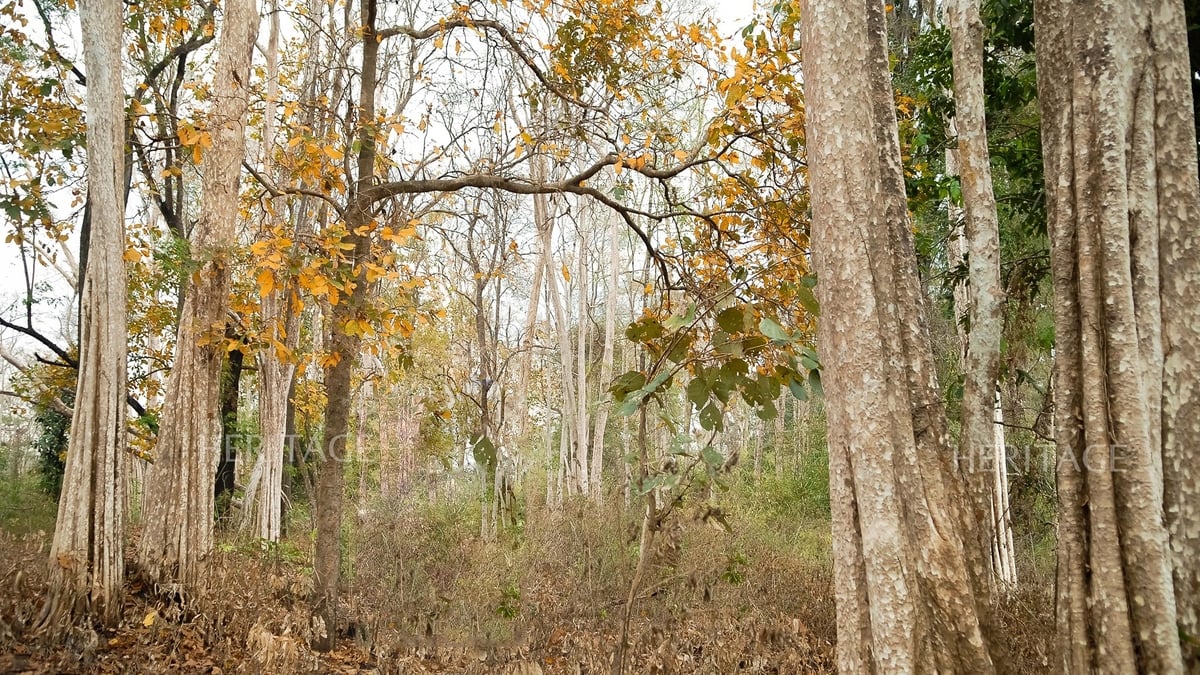
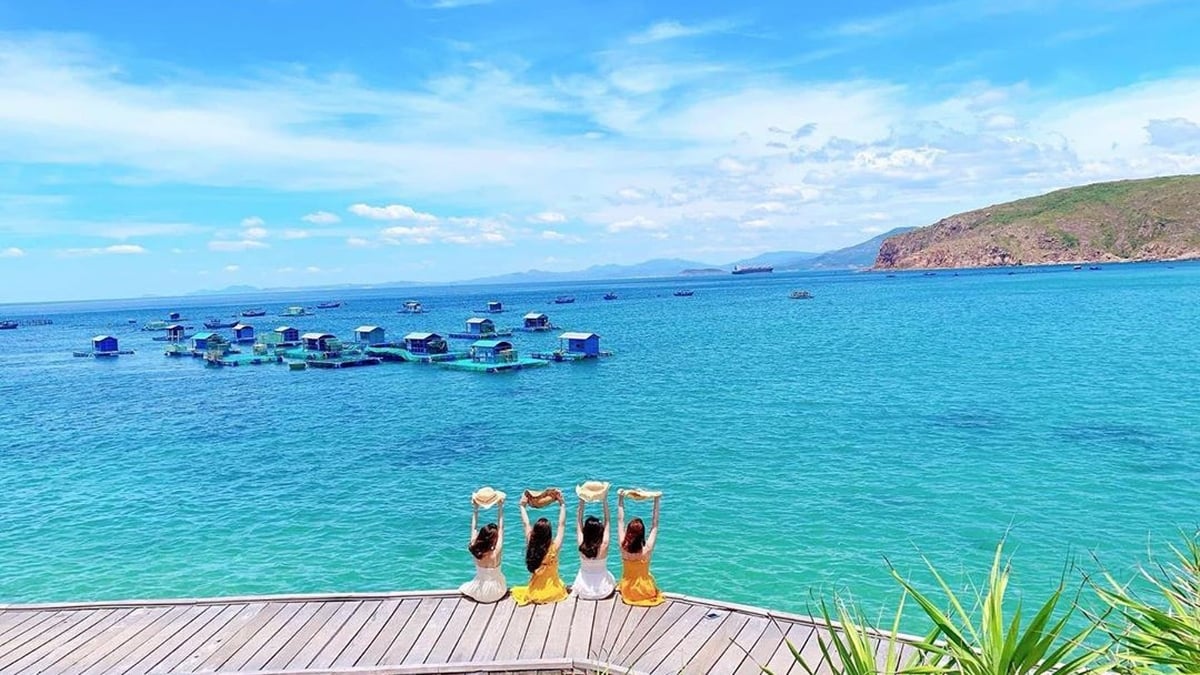
![[Photo] General Secretary To Lam receives First Deputy Secretary General of the African National Congress (ANC) of South Africa](https://vphoto.vietnam.vn/thumb/1200x675/vietnam/resource/IMAGE/2025/5/20/bb2999907e1245d5b4c7310a890d8201)
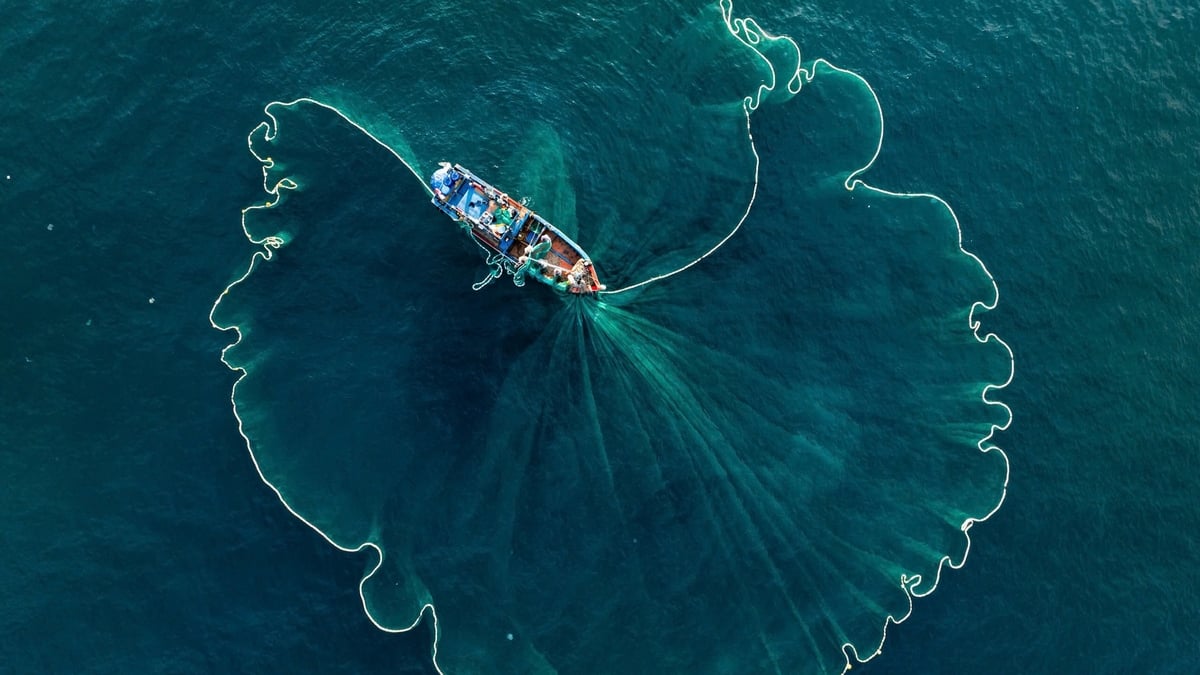






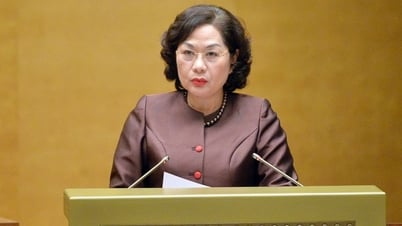







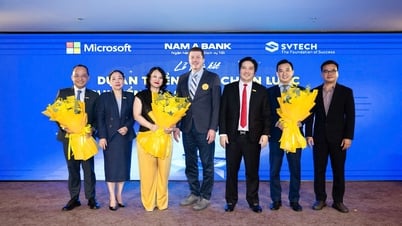
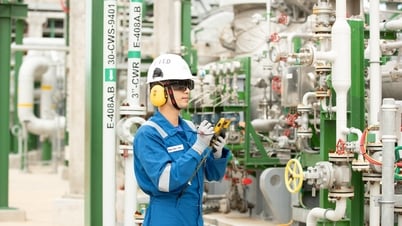
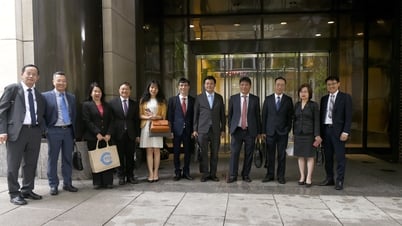
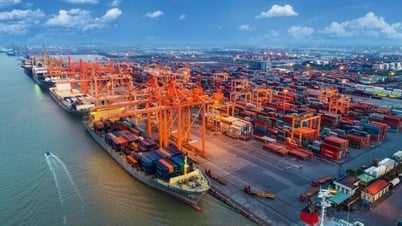
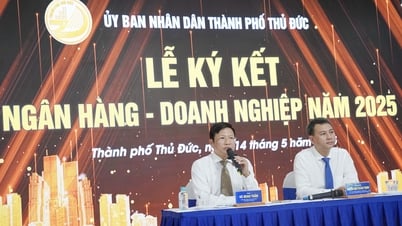
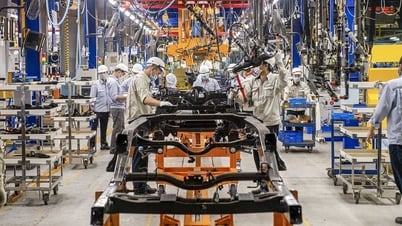
![[Photo] Award ceremony for works on studying and following President Ho Chi Minh](https://vphoto.vietnam.vn/thumb/1200x675/vietnam/resource/IMAGE/2025/5/20/a08ce9374fa544c292cca22d4424e6c0)
![[Photo] Vietnamese shipbuilding with the aspiration to reach out to the ocean](https://vphoto.vietnam.vn/thumb/1200x675/vietnam/resource/IMAGE/2025/5/20/24ecf0ba837b4c2a8b73853b45e40aa7)









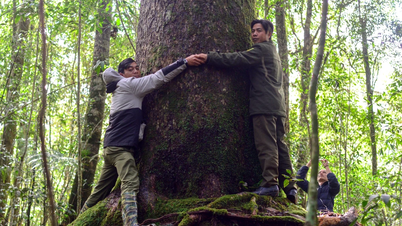

















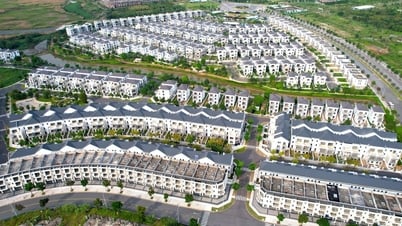


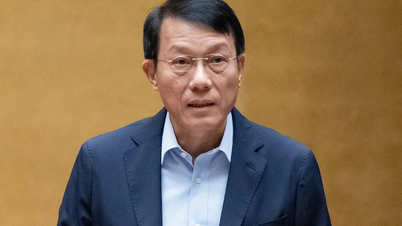
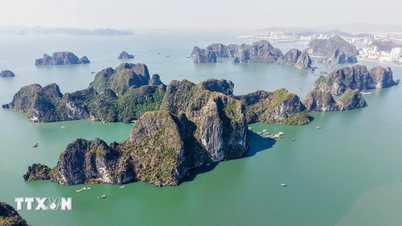




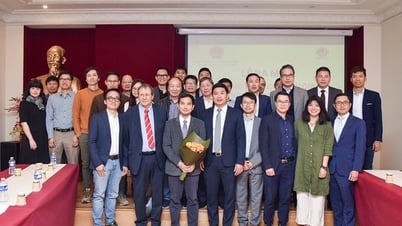




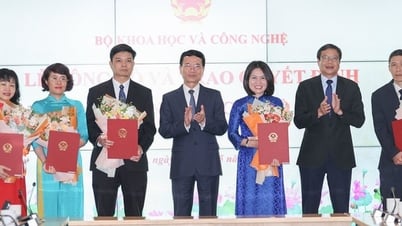
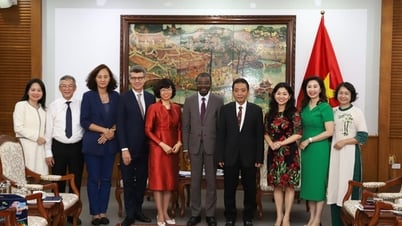




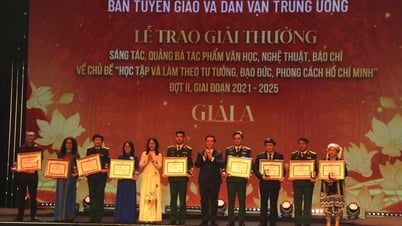



















Comment (0)